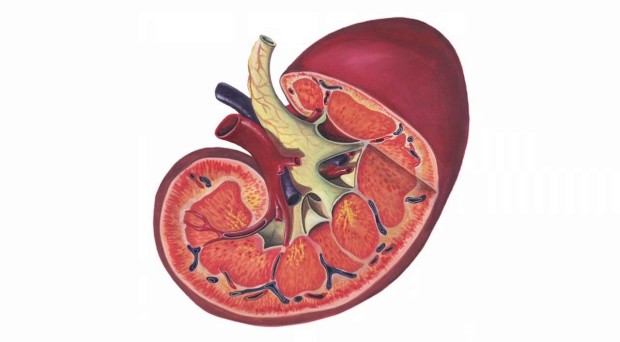
Renal function impairment is a major mortality risk factor. Many formulae are available to estimate renal function in daily practice. These formulae are easy to use and require just a few variables such as age, gender and creatinine for their computation.
Two of the most common formulae used to estimate glomerular filtration rate (eGFR) are the Modification of Diet in Renal Disease Study (MDRD4) and the Chronic Kidney Disease Epidemiology Collaboration (CKD-EPI) formulae. The Cockcroft-Gault formula is another equation and the oldest one. This formula estimates creatinine clearance (and not GFR) i.e. it estimates creatine excretion by the kidney glomerulus and tubules.
The Cockcroft-Gault formula is imprecise and tends to overestimate renal function in younger populations and to underestimate renal function in older populations (this is due to the formula design i.e. incorporation of “140-age” in the numerator, therefore the formula is highly dependent on the weight of age).
It has been suggested that the Cockcroft-Gault formula adjusted for the individual body surface area (CG-BSA) may offer a more precise renal function estimation than the original Cockcroft-Gault formula. However this CG-BSA formula requires individual height and weight for its computation and consequently it is more difficult to use in clinical practice and by the laboratories.
For renal function estimation purposes the CKD-EPI formula is the most accurate as compared to a “gold standard”. Hence it has been suggested that it should be the formula to use in daily practice (e.g. for drug dose adaptations and renal replacement strategies decisions).
These formulae have also been tested in multiple contexts for mortality prediction accuracy with varying results (but the CKD-EPI equation performed well in most contexts). However, which of these formulae is the best to estimate cause-specific (i.e. cardiovascular) mortality has yet to be defined.
Our study compared head-to-head the three formulae in more than 54,000 patients from various cohorts (population-based, cardiovascular risk, heart failure, and post-myocardial infarction). We found that all formulae predicted cardiovascular mortality (CVM) in a precise fashion. In general, a “preserved” renal function (i.e. above 60 ml/min/1.73m2) is not associated with increased CVM risk. This finding was confirmed using all formulae in all populations.
The CG-BSA formula showed a slight better accuracy than the other two formulae, however this accuracy is most likely clinically irrelevant due to its very small difference in risk estimation. Moreover, the CG-BSA formula is also more difficult to compute (by the need of individual weight and height). Of notice, the CKD-EPI formula also performed very well and overall better than the MDRD4 equation.
In conclusion, the CKD-EPI formula offers the best compromise between renal function estimation and CVM risk estimation.
This study provides insight on the use of the renal function estimation formulae for cardiovascular death risk estimation and reinforces the CKD-EPI as the best overall formula both for renal function and risk assessment (as compared to CG-BSA and MDRD4).
Comments